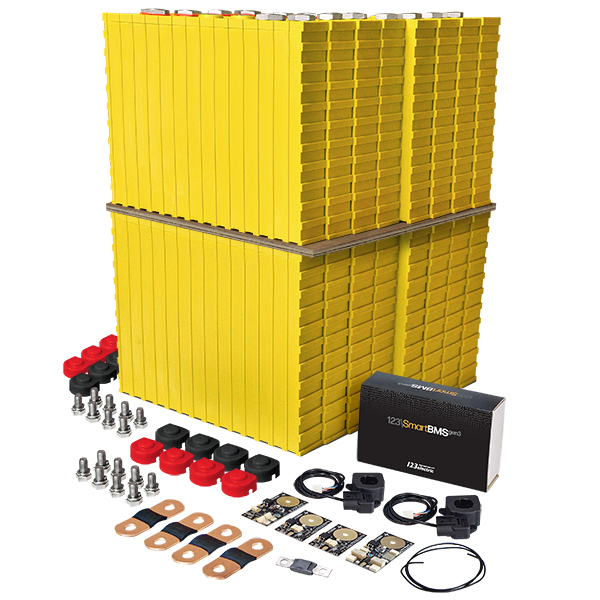ThunderSky Winston WINSTON 48V, 14.4 kWh LiFeYPO4 Set With 300Ah Cells, BMS Mobile Monitoring

Manufacturer:
ThunderSky Winston

To order
This article is discontinued. Please, chose another one!!!
LiFePO4 battery set designed for using in boats with 48V system but is is possible to use in other similar applications to store energy. Kit includes BMS with bluetooth communication and basic accessories.

 English
English Česká republika
Česká republika Germany
Germany France
France España
España Italia
Italia Sverige
Sverige Polski
Polski Nederland
Nederland








